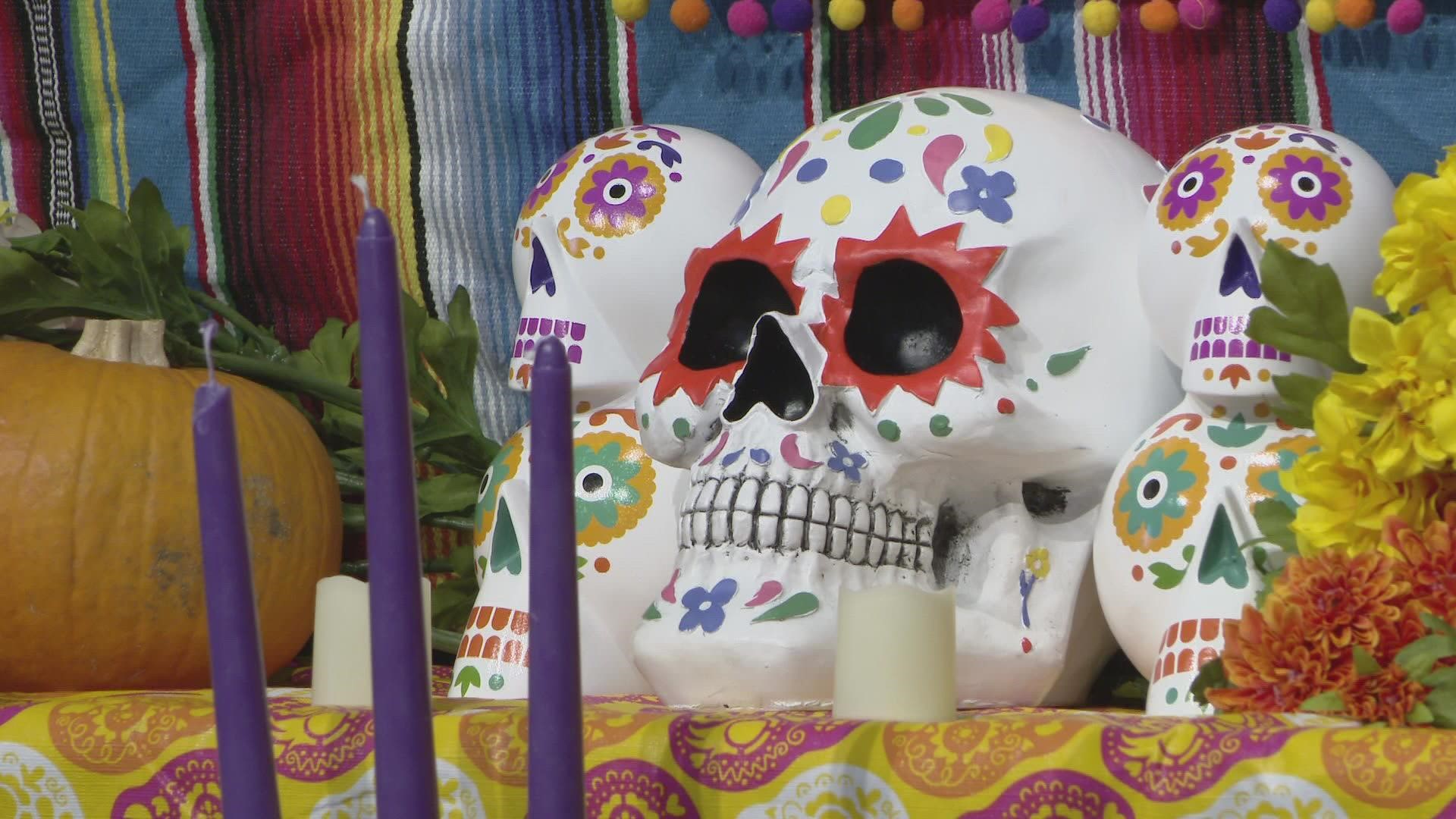SEATTLE — At midnight on Nov. 1, after Halloween ends, Día de los Muertos, or Day of the Dead, begins.
The Mexican tradition includes celebratory parades, food, costumes and skulls, but it is not a Mexican version of Halloween.
Instead, the celebration of life takes place every year on Nov. 1 and 2 as a time when the souls of deceased loved ones are welcomed to return and visit with family.
Nov. 1 honors deceased children and Nov. 2 focuses on adults.
The ancient Mexicans considered death a transition, not the end of existence, but the beginning of the journey to Mictlan, the place of eternal rest in Aztec mythology. In the 1930s, President Lázaro Cárdenas promoted the celebration, trying to distance it from the Catholic Church and emphasizing its Indigenous, pre-Hispanic roots.
Families set up at-home altars, or "ofrendas," with photos of loved ones who have died and include flowers, candles and food. The traditional flower of the celebration is the marigold. Flowers and petals are the most commonly used to adorn ofrendas.
Beautifully adorned skulls, or "calaveras," are also placed on ofrendas and are regularly seen as a part of Día de los Muertos parades. The skulls represent death but are not meant to be scary.
While Día de los Muertos is primarily a Mexican holiday, other areas of Latin America, the U.S. and countries around the world also celebrate.
KING 5's Farah Jadran welcomes KING 5 viewers to use social media to share their ofrendas or other Día de los Muertos celebration photos. Tag Farah on Twitter - @farahjadran - to join the conversation.
Farah celebrates Día de los Muertos with her family. She shared the Instagram post below with others in honor of the holiday in past years. Click here if you do not see the post below.

